Seeing a Bigger Picture: Midgegate Part 2
Last week I geared up–gloves, snippers, garbage bag, my iPod playing soothing, distracting music–got my game face on and pruned every last piece of new growth off of all the roses. So began what I dubbed Midgegate 2013. Several garbage bags full of rose midge-infested leaves and buds later, I then proceeded to remove and bag up the top 2 inches of soil around all of our container roses and as many of the in-ground roses as I could. By the end of it, I was heartbroken. No amount of soothing Mazzy Star could stem the flood of tears that proceeded to fall the moment it hit me: my roses will never be the same again. Photo above: ‘The Endeavour’, one of the few blossoms that survived.
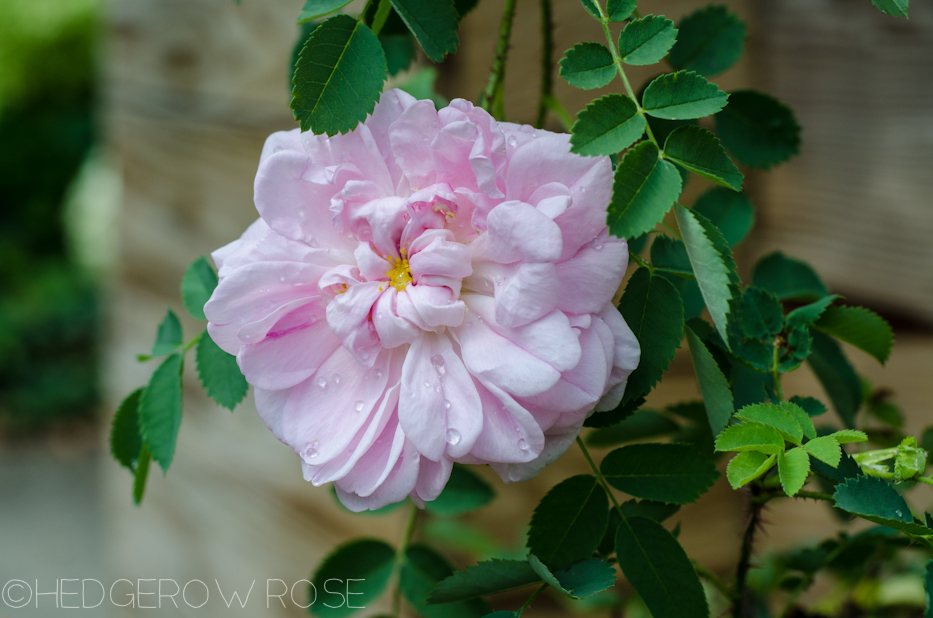
After having a good cry-out, Jesse gently asked me, “Couldn’t you just this one time lay down some chemicals to kill them?” And I thought about it. For a split second I really, truly did. And in that split second I thought of the happy ecosystem we’ve worked so hard to create these past 4 years: all the insects, amphibians, birds, reptiles, etc., organisms I can’t even see but are living within the soil and working their magic. I thought about the fish and wildlife downstream who would be getting the runoff. I thought about the bees who are having a hard enough time as it is. I thought about the families of birds that have made their nests in our garden. I thought about the garter snake (Desmond) who lives in the daylilies and the toad we found last spring who likes to hang out under the potting bench. I thought about the small mammals that make their homes and raise their babies here (yes, even the naughty ones). I thought about them. I thought about the commitment I’ve made to protect and preserve this small patch of earth as best as I can. No. My answer was no. If it’s a choice between them and the roses, it’s them.
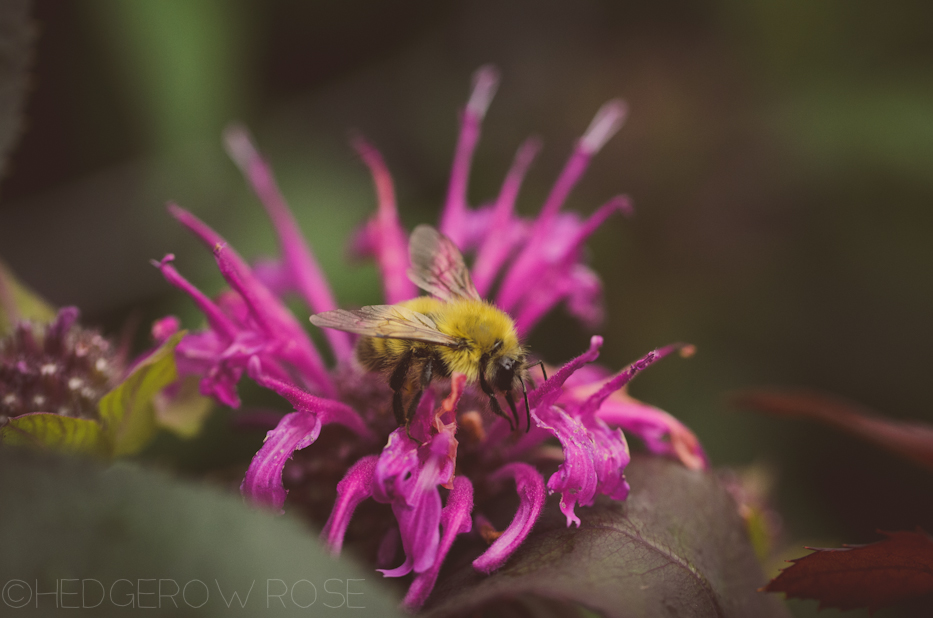
But the decision bummed me out. I felt like by not using chemical interventions I would never have that pretty garden I’ve worked so hard for with roses flowering all summer. I felt like I was going to be missing out on something. So I went back into the garden, this time just to sit among the flowers without feeling like I was micro-managing every single thing and just enjoy it, warts and all. While I was there, a female hummingbird swooped in, perched on a tomato cage and regarded me for several moments. I began to feel better, especially watching how much she then proceeded to enjoy the flowering annuals. I started to see a bigger picture…
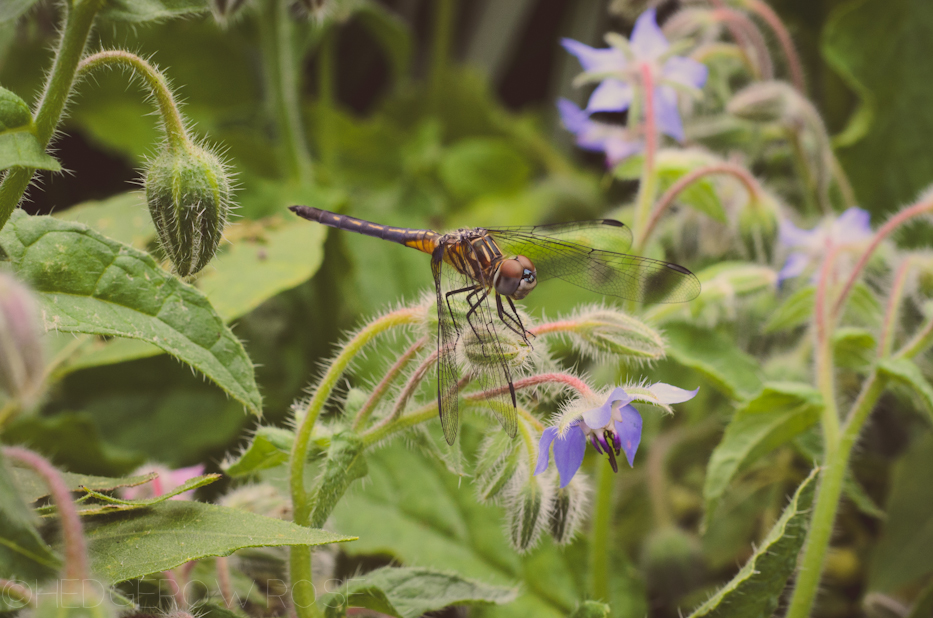
I realized, somehow, someday this rose garden thing will work itself out. But in the meantime, what kind of gardener do I want to be? What kind of garden do I want to have? I don’t want to be the gardener that goes out every day in a huff, feeling cross and frustrated. I don’t want to be the gardener who stockpiles pesticides before they’re banned. I don’t want to feel like I can’t remember the last time I saw a honeybee or a ladybug. I don’t want to think I just can’t have roses in an organic, no-spray garden. I don’t want to have an “argument” with my garden, which to me is what all of those things would feel like. No, I want a dialogue. I want to continue having birds following me around the garden because they’re so used to me and know I might unearth a tasty morsel when I weed. I want bees buzzing all around while I drink my coffee sitting among the monarda and echinacea. I want the thrill of seeing the monarchs arrive and camp out on the asclepius. It all sounds very twee and Snow White, I know, but then again I’m the gal who re-routed traffic the other day so a praying mantis could safely cross the street.
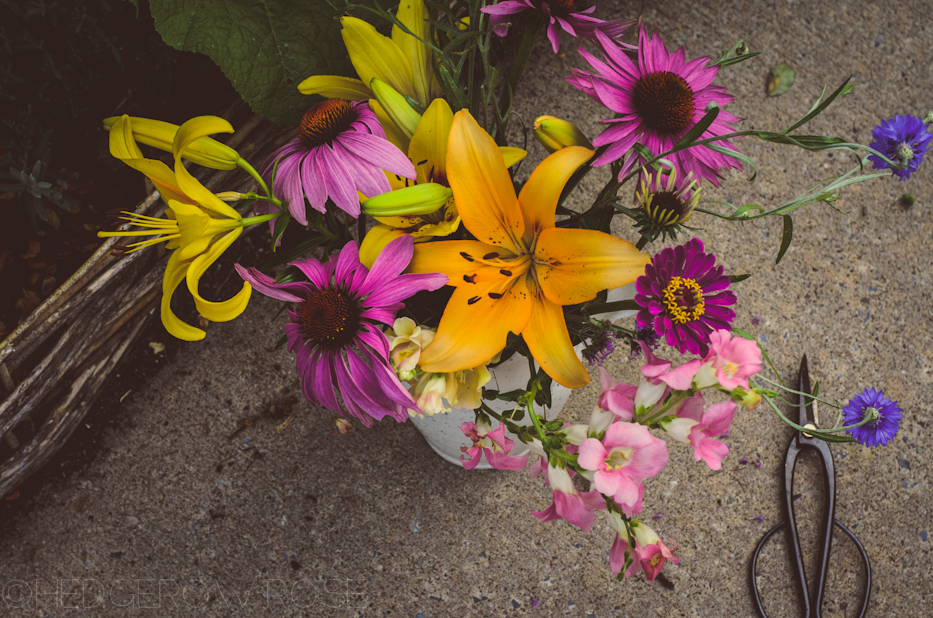
Please don’t misunderstand me, I am not perfect. I make mistakes. I sometimes kill plants even with the best intentions, I don’t recycle every single thing, I don’t only grow natives. You know? It’s not like I’ve never used pesticides before–this is the 21st century after all. Frankly, I am no Disney princess. But I’m trying to be better, make better decisions, make the right choices more often.
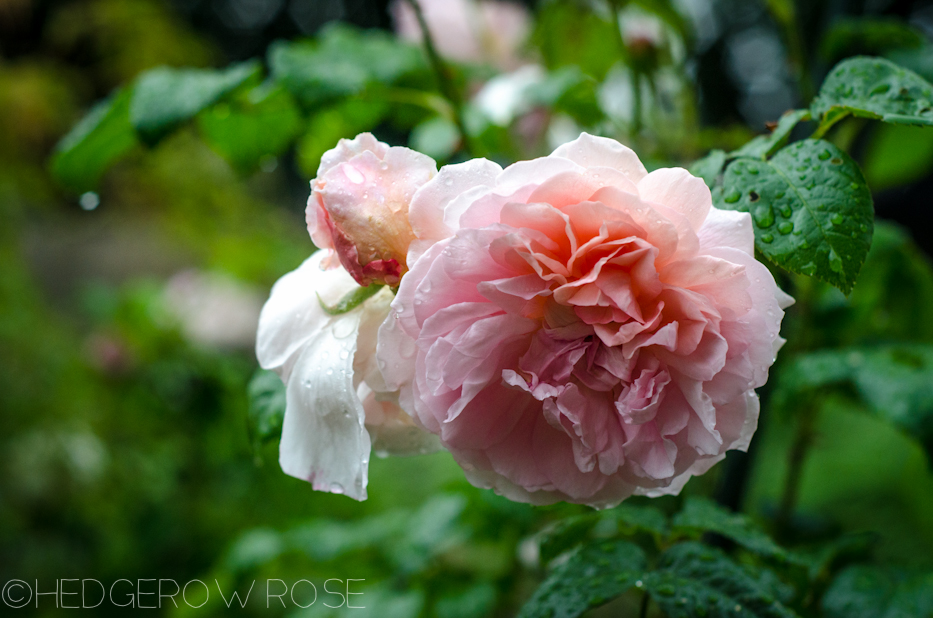
I’m learning that better choices in the garden mean diversity and allowing things to happen naturally, even though it may take a little time. Here’s a little story to help illustrate what I mean: back in one of my former gardens I fell victim to the water garden craze and put in a couple of ponds. If you’ve ever done this, then you know there is the “green phase” that you have to just wait out while the plants, organisms and water find their balance. Your first instinct is to want to clean it out, or dump in a chemical or something, but that would be the worst thing you could do. If you’ve done everything correctly, the green water will one day just disappear and suddenly the pond is crystal clear and thriving. Could that be a lesson to be learned here in the rose garden, I wonder?
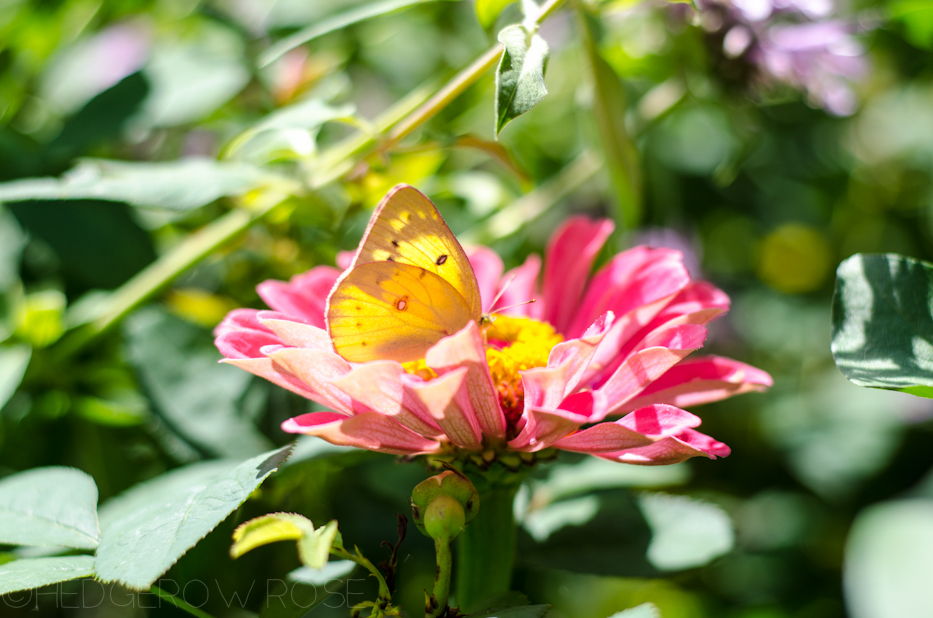
I read an interesting forum post by an organic rose gardener (yes, there are more out there!) who suggested using compost tea to combat rose midge. {EDIT: Clarification–actively aerated compost tea} Head slap moment! Why didn’t I think of that? He said it cut back significantly on the rose midge damage in their production garden. I use MooPoo tea to feed all of our roses but never occurred to me to use it also as a foliar spray during times of rose stress but you’d better believe I’m doing that now. Can’t hurt, right? Has anyone tried this? Photo above: If you look closely, note the deformed bud of ‘Winchester Cathedral’ beneath the zinnia blossom. Can you see the nick, or scar just below the bud on the stem? Tell-tale sign of rose midge damage. I took this photo yesterday and it was only just now I noticed that bud that I missed when I first did my clean-up. Drat.
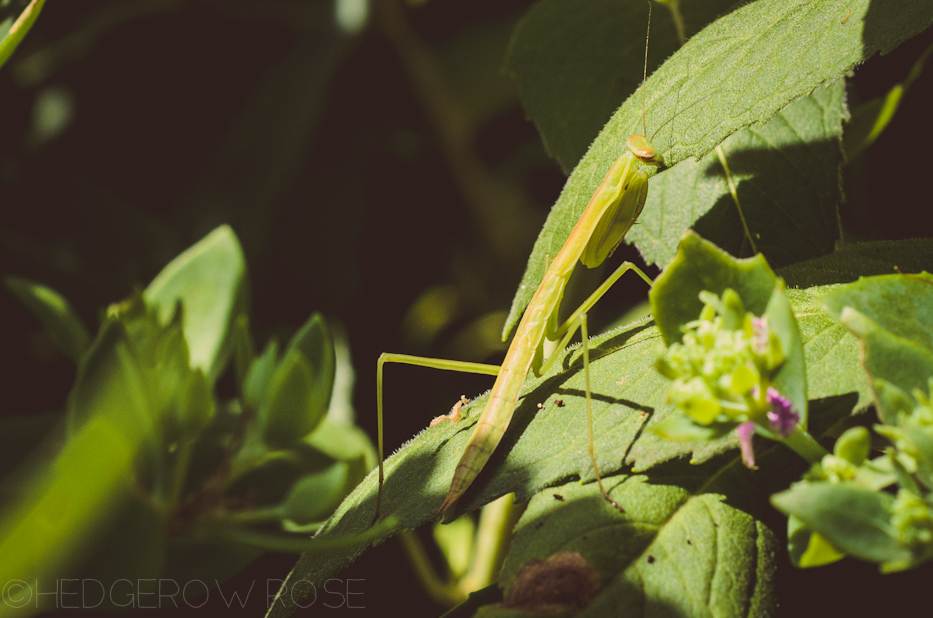
I think if you have roses it’s only a matter of time for you to see midge, so allow me to offer a few more things I’ve noted recently:
◆ Rose midge will dominate any rose that has new growth so in our garden the once-bloomers that put out their growth early on were free from midge damage such as “Fantin Latour”, ‘Petite Lisette’ and ‘Apothecary’s Rose’.
◆ If you see the “burnt up” looking foliage and buds, guess what the midge larvae have already dropped and are pupating in the soil. It’s too late for those buds/foliage. To get the larvae you have to cut off the fresh new growth while they’re still in there. To make matters worse, there are several life-cycles going on concurrently.
◆ Some roses that just seem more resistant, new growth and all (again, this is in our garden) are R. rugosa ‘Alba’, R. eglanteria, “Darlow’s Enigma”, “Arcata Pink Globe” and ‘Red Moss’.
◆ Roses that were the most susceptible to midge damage were all of the David Austins. Some have not bloomed at all. (sadness!)
◆ This is not to say that once-bloomers are safe from midge, for example: our once-bloomers that are in their first year and trying to put forth new growth were all attacked. They include: R. alba semi-plena, all of our new Bourbons and Gallicas (more sadness!)
And in case anyone’s curious, my plan for the future is not to purchase any more roses until I have a better handle on this thing and removing the established roses that are most susceptible and have difficulty bouncing back. If I learn anything else new or find a strategy that is working I will be sure to share it here. I have a feeling this is going to be an ongoing learning experience but hey, at least it’s making me a better gardener? {EDIT: Welp, I broke down and purchased 6 new banded roses from High Country Roses when they were having their end of summer sale.}

Caught in the act! This vibrant green grasshopper is chillin’ in an “Arcata Pink Globe” blossom–one of the only roses in our garden that managed to bloom in spite of the midge. (Not sure why that was since it was with all the other roses at the time and the other Setigeras were affected.)
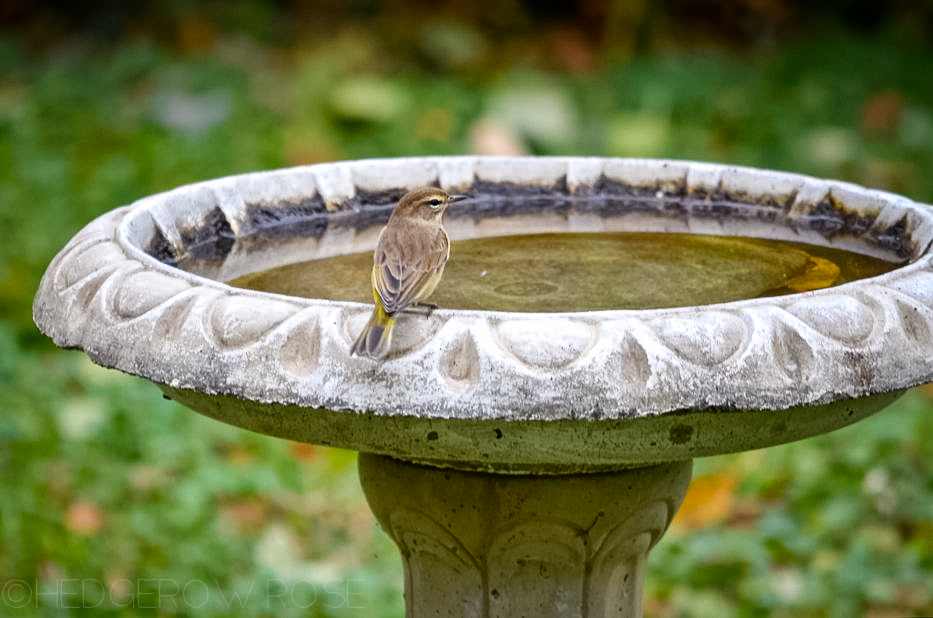
An organic garden is a safe haven for birds. Can anyone help me ID this pretty lady?
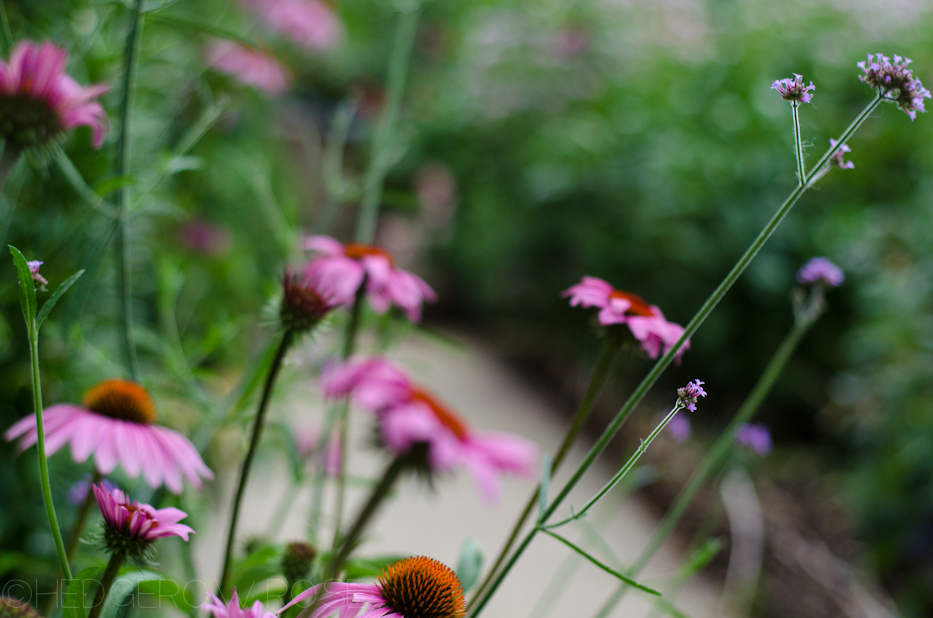


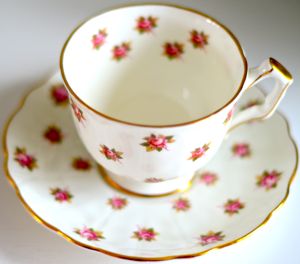
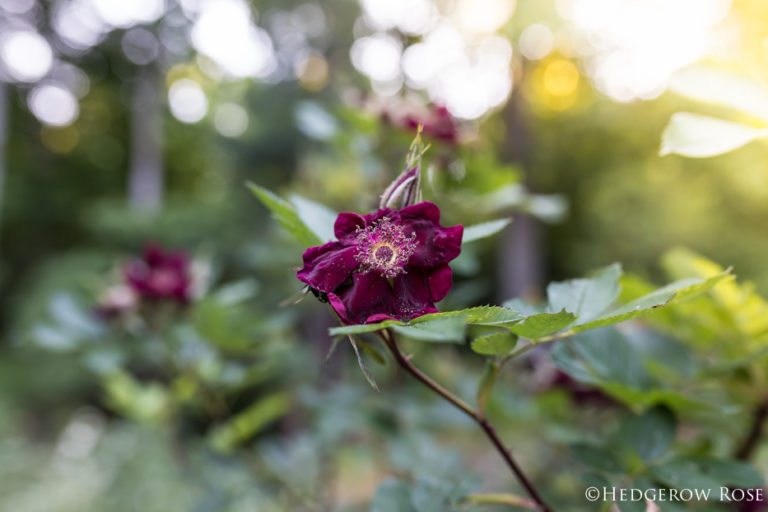

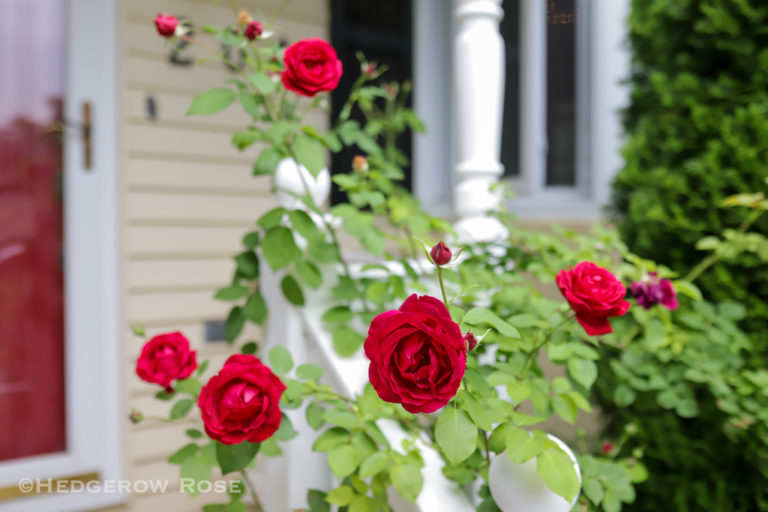
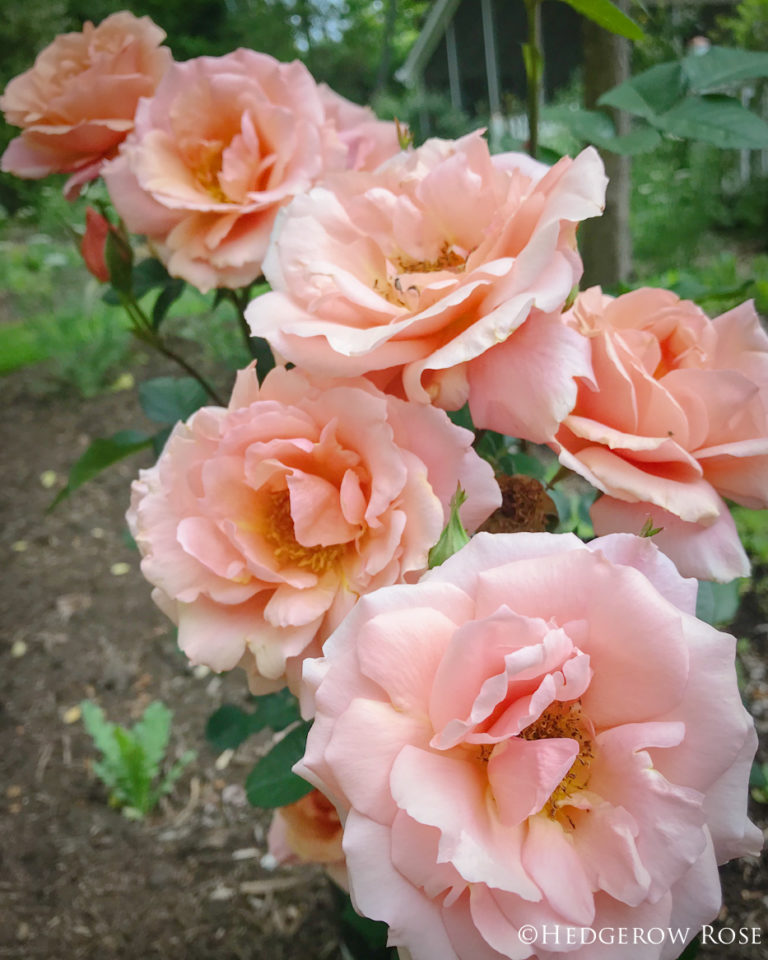
Thanks so much for beautifully sharing the complexity of a seemingly simple decision to spray or not to spray. And the sadness of loosing some of your plants. That’s the essence of tending a garden…it’s constant work to promote ecological harmony!
BTW I love two things to deter all sorts of diseases and pests: worm casting tea and fermented comfrey leaf tea. Both are so incredibly healing. I think they boost the immune system of the plant so they can resit or fight to the max.
Celia, thank you for your kind comment!
I am so grateful for your suggestion of worm casting tea and comfrey tea–do you apply them as a foliar spray, or as a soil drench or both? I make/use comfrey tea on our tomatoes…I think I’ll start spreading the love to the roses, too.
What a beautiful, thoughtful post. I totally understand how hard this must be for you (I have not yet encountered midges, but I can imagine the heartbreak).
I know that you (and your roses) will get through this.
Thank you Anne! That means a lot to me for you to say so. And in the meantime, I’ll continue to enjoy your rose shares on Instagram.
As others have said, this a beautifully written, and inspiring post. It takes such courage to stick with your convictions, and in the end – it will all work out better for everyone – including your roses!
Thanks Mom! I must say it was lovely to enjoy your garden the other day, and I was just loving on that gorgeous ‘Teasing Georgia’ rose you have. Photos soon!
Husband and I saw a program sometime ago about Queen Elizabeth’s garden and how they use a homemade spray using garlic to deter pests. I don’t remember the formula, but maybe it’s available online somewhere.